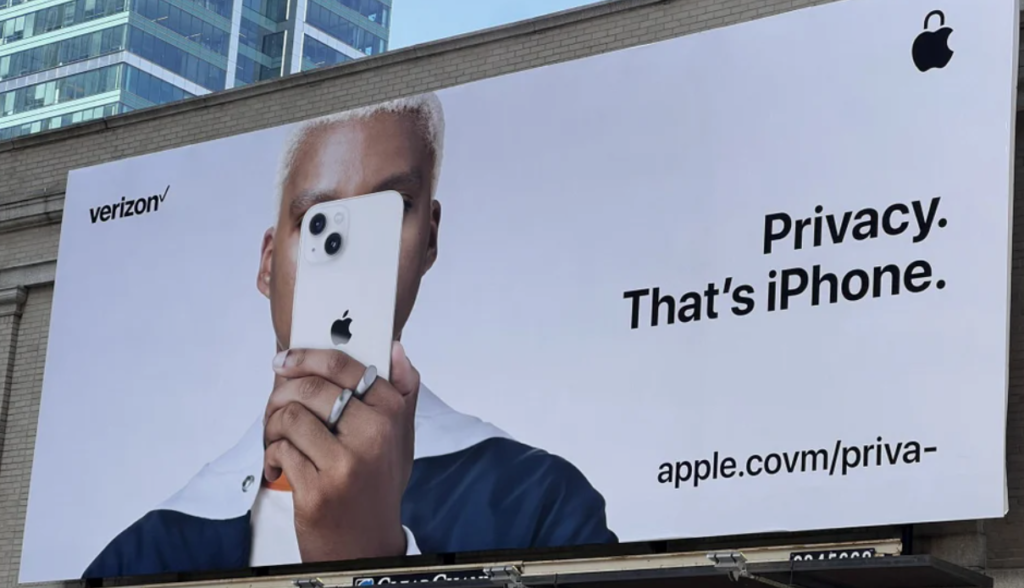How Design Shapes Brand Perception: Visual Storytelling
In an increasingly visual world, storytelling through design has become a critical tool for building a brand. Visual storytelling can make a brand feel more relatable, engaging, and memorable. It’s not just about aesthetics; it’s about using design to communicate a brand’s values and message on a deeper, often subconscious level.

The Role of Visual Storytelling in Branding
Each visual element—colors, typography, images, layouts—is a tool for shaping a narrative that resonates with the audience. Visual storytelling helps create an emotional connection, making it more likely that audiences will remember and appreciate the brand.

Image Source: Freepik.com
Color Psychology in Visual Storytelling
Colors are a powerful tool in visual storytelling because of their ability to evoke emotions quickly. For example:
- Blue evokes calmness and stability, commonly used by tech companies and financial institutions.
- Yellow is associated with optimism and energy, which is often found in brands targeting younger audiences.
- Green conveys growth and balance, often used in eco-friendly brands or wellness industries.
By understanding the psychological effects of colors, brands can choose palettes that align with the emotions they want to evoke, ultimately helping to create a consistent narrative.

Image Source: Freepik.com
Typography as a Voice for Your Brand
Fonts also play a significant role in storytelling. A classic serif font can communicate tradition and reliability, while a modern sans-serif font might convey innovation and simplicity. Typography adds subtle cues to a brand’s personality, influencing how an audience perceives the content. By maintaining a consistent typography style, brands reinforce their identity across various touchpoints.
Using Imagery to Connect with Your Audience
Imagery brings a brand’s story to life by adding depth and personality. Brands may use lifestyle photography to create a relatable connection or illustrations to express creativity. The imagery chosen should reflect the brand’s values and resonate with the audience. Thoughtful use of imagery can make a brand feel aspirational, approachable, or innovative, depending on the story being told.

Image Source: Google

Examples of Visual Storytelling in Action
Consider brands like Apple and Nike, whose design choices consistently reinforce their brand story. Apple’s minimalist design communicates sophistication, innovation, and simplicity, while Nike’s bold imagery and energetic colors reflect strength, empowerment, and resilience. Through these visual choices, these brands have built powerful, lasting narratives.
Conclusion
Visual storytelling is about connecting with audiences in ways that words alone cannot. By thoughtfully combining color, typography, imagery, and layout, brands can communicate their story and values effectively. When done well, visual storytelling can create a strong emotional connection with audiences, making brands more memorable and engaging.
To learn more about designing and branding through which you can stands out in the market, subscribe to our newsletter. Also follow us on social media for more amazing tips and tricks.

Author: Vivek Dara
Date: 27th Oct, 2024
Categories: Branding, Marketing
Tags: Branding, Graphic Design, Design Strategy, Visual Identity, Marketing
